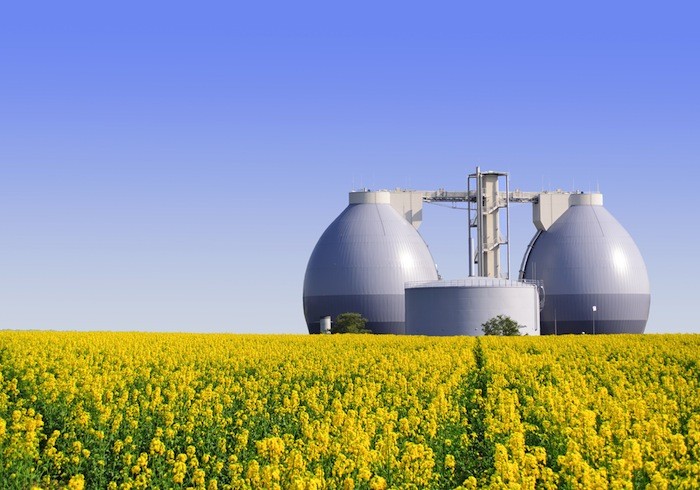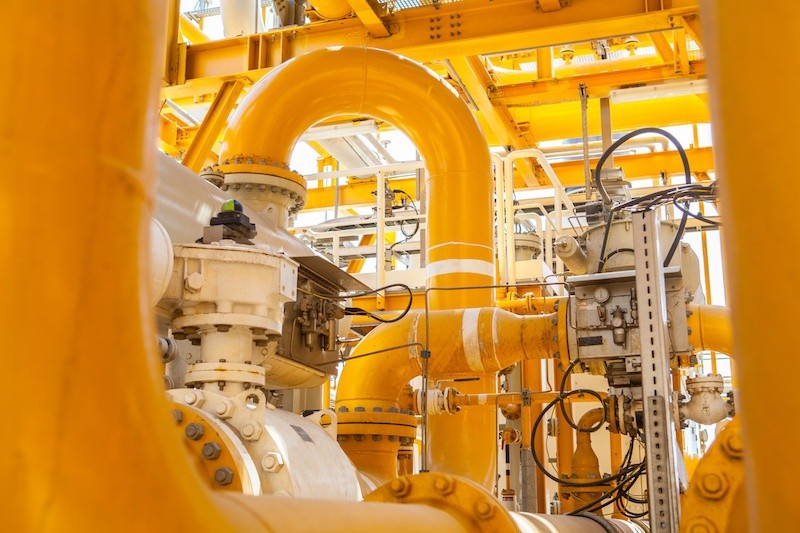
Innovative solutions to pressure sensing in biogas production
Microbiological analysis is an important component of the biogas manufacturing process. In this instance, combined pressure and temperature transmitters from STS are employed.
The Institute for Agricultural Engineering and Animal Husbandry at the Bavarian State Research Center for Agriculture has been examining, amongst other things, the influence of activating or toxic substances on the process of biogas production. In contrast to the continuous flow process of a biogas plant, investigations of potential such as this are conducted in intermittent batch procedures. For these investigations, a mini-batch system has been specially developed, based upon combined pressure and temperature transmitters from STS.
Measuring microbial activity
To guarantee a reliable temperature control, which is essential to such investigations due to its vital role in microbiological activity, the mini-batch system is submerged in a water bath. Within this bath, some 33 measuring points are situated so that ten variants, as well as a control sample, can be tested for both parallel and statistical evaluation. The measurement of microbial activity takes place indirectly by a continuous determination of biogas production aided by the ATM/N pressure transmitter from STS.
To additionally calculate methane productivity, the gas composition is regularly analyzed using a gas chromatograph. After adding 100 ml of fermenter content to 300 ml Schott-Duran bottles, the ATM/N pressure transmitters are capable of exactly recording the pressure increase brought about by biogas production. From this, an exact statistical evaluation and assessment of the addition of substances is possible in the process of biogas production, as is a comparison between those individual variants.
Combined sensors are highly versatile
A substantial advantage of combined sensors for pressure and temperature is the recording of both process parameters from only one pressure port. The temperature probe here is submerged in the medium and provides a measurement range of – 25 … + 50 °C. All connections are welded and conform to the IP68 protection rating. This has the advantage that these sensors, apart from their industrial usage, can also be applied in the foodstuffs and pharmaceuticals industries. Other typical applications for the transmitters are in plant and machine engineering, in testing and calibration technology, process engineering and environmental technology, as well as shipbuilding. These sensors are also deployed in the industrial environment of biogas plants for determining the filling level inside fermenters.
The following characteristics set these pressure sensors apart: Measurement ranges from 0 … 50 mbar to 0 … 25 bar, high dynamic response and precision (< 0,1 % FS), mechanical and electrical adaptation to end user applications due to the manufacturer’s modular system. Upon request, intrinsically safe designs can also be supplied. It is through these technical properties that the pressure sensors are suited to various fields of application in measurement technology, as well as in equipping test beds and calibration facilities.
Original publication: INDUSTRIELLE AUTOMATION 2/2014
